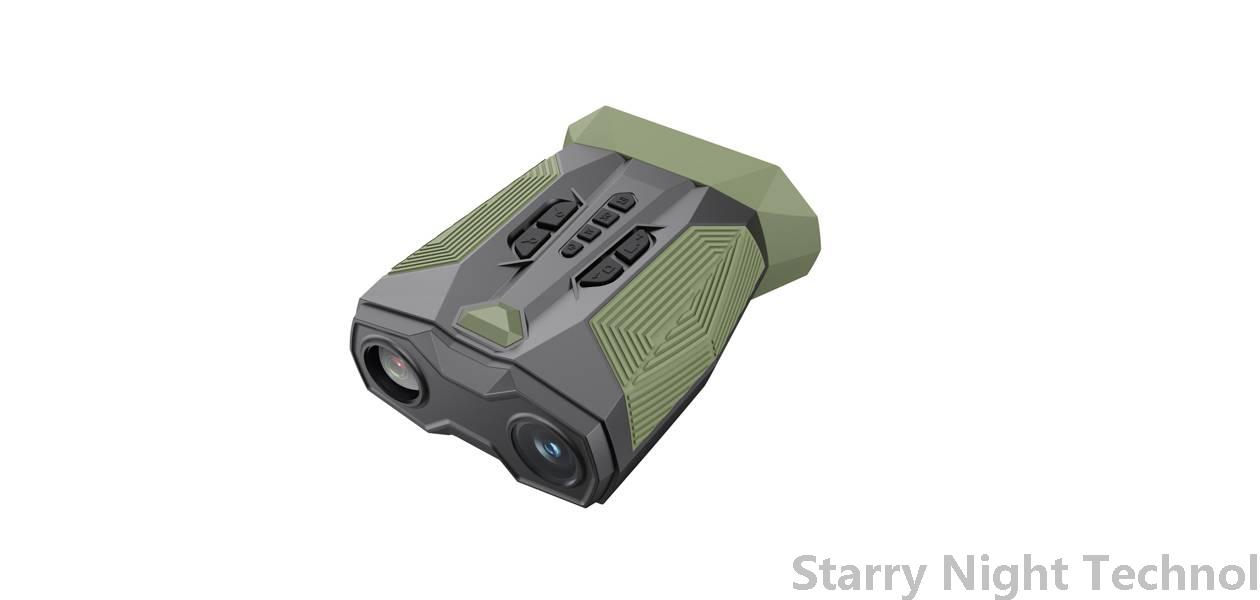The Benefits of Night Vision Technology in Agriculture
1757401218000

Agriculture, the backbone of human sustenance and economic development, has seen significant transformations over the years owing to advancements in technology. One particularly impactful innovation is night vision technology. Initially developed for military uses, night vision optics have found a crucial role in modern agriculture, providing farmers with resources that can enhance productivity, reduce costs, and ultimately contribute to sustainability. As we delve into the benefits of night vision technology in agriculture, it’s pertinent to discuss how this tool ensures better management practices, enhanced crop monitoring, and improved safety.
#### Enhanced Monitoring of Crops and Livestock
One of the foremost advantages of night vision technology in agriculture is its ability to facilitate continuous monitoring. Farmers often find it challenging to keep a close eye on their crops and livestock during nighttime hours. However, through infrared cameras and night-vision binoculars, they can effortlessly observe and assess their fields or barns after dark without disturbing animals or influencing plant growth cycles with artificial light.
Night vision devices allow farmers to detect issues such as pests or diseases that may become more apparent under the cover of darkness. For example, many pest species are nocturnal, making them more active at night than during the day. By utilizing thermal imaging systems, farmers can actively monitor the heat signatures of plants and identify areas that require immediate attention. This capability not only aids in promoting healthier crops but also in minimizing pesticide use, leading to a more sustainable approach.
#### Increased Security Measures
Farmers face various threats, including theft, vandalism, and natural wildlife incursions. These security challenges multiply during nighttime when visibility is low, making farms vulnerable targets. Night vision technology offers a robust solution by equipping farmers with tools that help secure their property post-sunset.
Using night vision surveillance cameras installed around the farm helps deter potential trespassers while enabling real-time monitoring through mobile devices. In addition to protecting valuable equipment and harvested produce, advanced security measures can ensure the safety of livestock from predation by wild animals who might be more active in the darker hours. The integration of night-vision solutions thereby supports an environment where farmers can focus on production rather than loss prevention.
#### Improved Harvesting Efficiency
In crop production, timing is everything. The window for harvesting certain crops can be quite narrow, dictated by factors like weather conditions and optimal ripeness. With night vision technology, farmers can work long into the night to complete harvesting or planting tasks, significantly increasing overall operational efficiency.
 #### Real-Time Data Collection & Precision Agriculture
#### Real-Time Data Collection & Precision AgricultureThe concept of precision agriculture bridges traditional farming practices with cutting-edge technologies. Night vision aids in this transition toward data-driven decision-making. For instance, integrating night vision cameras equipped with sensors enables farmers to gather vital information about soil moisture levels, plant health, and even pest activity in remote areas difficult to traverse after dark.
These insights allow for timely interventions based on accurate, real-time data—effectively reducing waste and enhancing resource allocation. Farmers can identify precisely where irrigation needs to occur, implement targeted fertilization strategies, or take action against early signs of disease outbreaks, all driven by precise information gathered under low-light conditions.
#### Supporting Biodiversity and Wildlife Management
A lesser-known advantage of employing night vision technology in agriculture lies in its contribution to biodiversity preservation and responsible wildlife management. Agricultural land often overlaps with essential habitats for numerous species. Observing these interactions between managed landscapes and local fauna can guide farmers toward holistic practices that respect ecological balances.
For example, monitoring wildlife populations within agricultural zones at night can elucidate patterns of interaction between crops and native species—information that may ultimately lead towards adopting practices that mitigate negative impacts on both biodiversity and agriculture. Furthermore, understanding predator-prey dynamics allows for informed decisions about coexistence strategies, fostering a balanced ecosystem supported by healthy agricultural output.
#### Conclusion
The advent of night vision technology in agriculture signifies the confluence of tradition and innovation—a melding that addresses age-old challenges with novel solutions. From improved monitoring of crops and livestock to heightened security, enhanced harvesting capabilities, and the facilitation of precision agriculture, the application of night vision technology proves invaluable for today's farmers looking to thrive amid evolving demands.
As global food production faces pressures from population growth, climate change, and limited arable land, leveraging tools like night vision will be critical moving forward. Through intelligent use of technological advancements, farmers can increase yields, optimize operations, manage wildlife responsibly, and bolster the overall resilience of the agricultural sector. Night vision technology stands not merely as a tool for observation but as a beacon of progress guiding agriculture toward a more prosperous and sustainable future.
Night vision device productsStarry Night Technol

